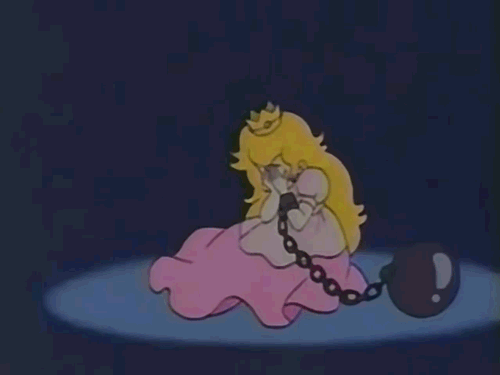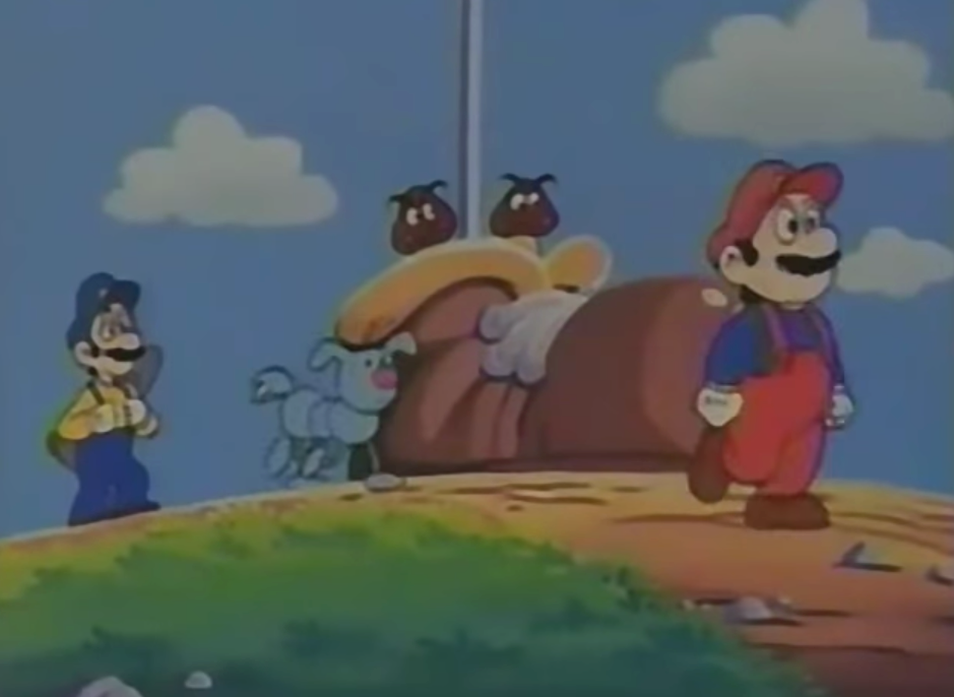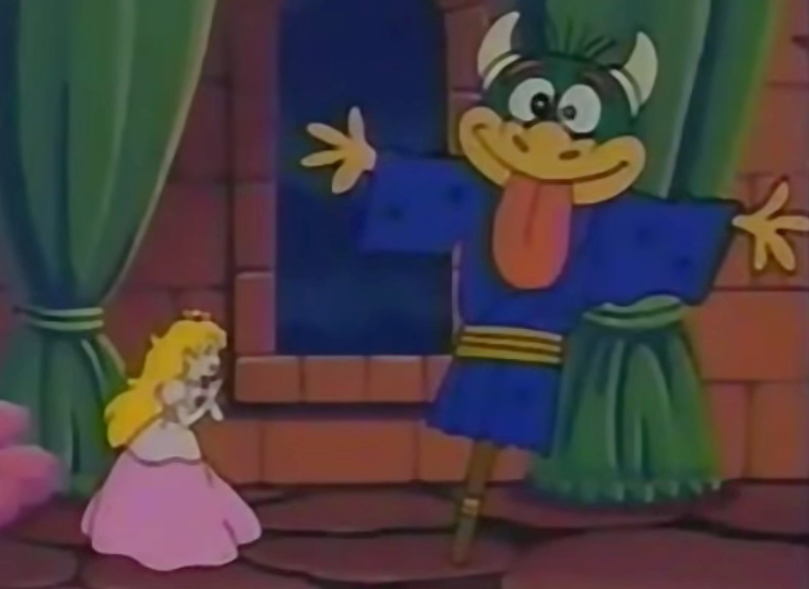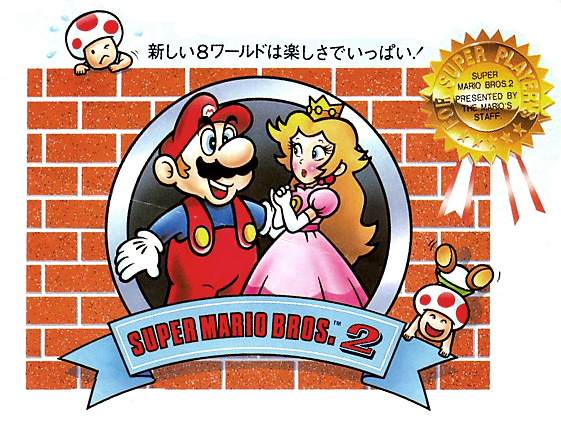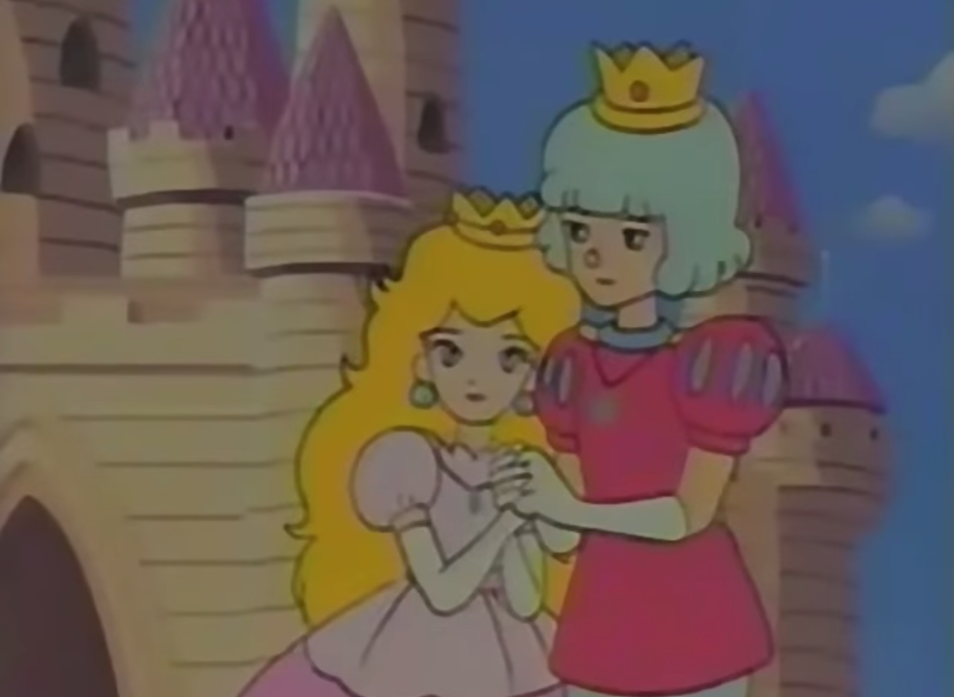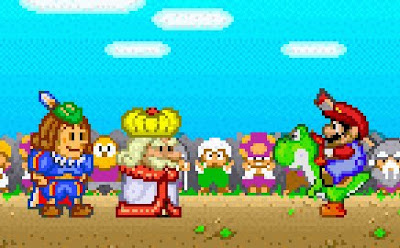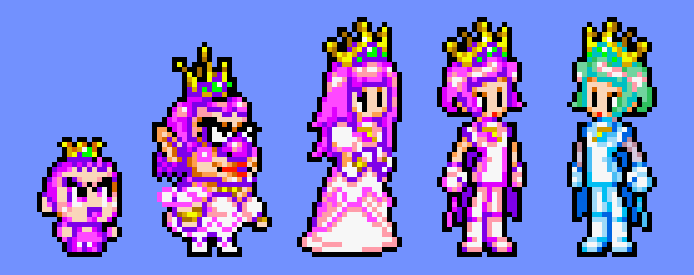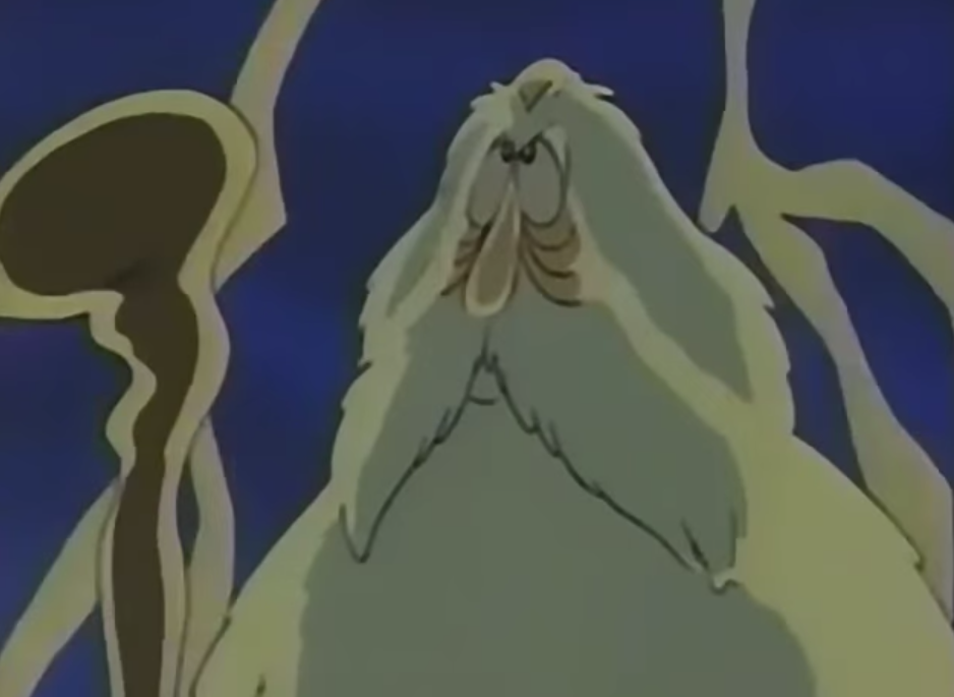 |
| wheatless |
I suppose. This city does have a lot of people who avoid gluten for other reasons — they think it’s inherently unhealthy or that it will make them lose weigh to cut wheat out of their diet. I’m not doing it for those reasons. I’m doing it a cuz that rash I mentioned.
Wouldn’t you be kind of screwed if you had moved to, say, Omaha?
For this and so many other reasons, yes.
I’ve read about celiac disease. It affects a much smaller portion of the population than people think, and what you’re describing doesn’t sound like celiac disease. Why are you being such a stupid faker?
First off, you’re a terrible person. Second, I don’t have celiac disease, at least according to the way I have understood that disorder. I suppose you could say that I have a gluten sensitivity, but I think it’s more accurate and much clearer to simply explain that if I eat wheat products, I get a rash, and I’d rather not eat bread than be Scabbly the Rash Man. It’s that simple.
Could it be something else in those products that’s causing the rash?
Yes, totally. The process of going to doctor after doctor was an ordeal, and since not eating these products solves the problem, I’m just going to stick with it, regardless of whether it’s the wheat or something else that’s actually causing the rash.
What happens if you eat this piece of bread?
Jesus, get it out of my face. As near as I can tell, I will get a rash that’s more or less in proportion to how much wheatiness I eat.
What about gluten-free bread?
What about it?
Well, couldn’t you get by on gluten-free products?
Here’s the thing: In my opinion, gluten-free versions of typically gluten-full products suck, much in the same way that soy-based fake meats suck. These things aren’t meant to be sourdough or chorizo or whatever we’re trying to gussy them up as. You can kind of make it work, but the end product will always be an inferior substitute for the real thing. Essentially, I just don’t eat bread anymore. It’s not that hard.
Did you lose weight as a result of giving up all those wheat products?
Yes, but not for the reason you’re thinking. Essentially, I cut bread and pasta and pastries and beer out of my life. Those are things that make you fat. Because I just stopped consuming them altogether and didn’t replace them with gluten-free versions of them, I did lose weight. But people who simply switch to gluten-free foods probably would not. Gluten-free food is not inherently healthier, just more expensive. Also, in general, paying more attention to the composition of everything I eat has helped me make healthier food choices.
No beer, huh? Wait, didn’t you go to UCSB?
Yes, and I did consume a superhuman amount of beer there without any negative skin conditions resulting.
What about gluten-free beer?
As someone far pithier than I once put it, gluten-free beer tastes like someone came in a mud puddle.
Oh.
Yes. I drink wine now.
Do you miss beer though?
Yes. A room-temperature glass of red wine doesn’t really quench your thirst after a long day of yard work the way a cold beer would. But whatever.
Do you miss bread?
Not really. Instead of carbo-bombing before dinner out, I just eat nothing.
Do you miss pizza?
I wouldn’t waste my own family for a real, high-quality pizza that I could eat all on my own without any negative consequences, but I would waste your family for one, if that explains it at all.
Wait, can you eat rice?
Yes. Rice is not wheat.
Wait, can you eat couscous?
No. Couscous is just pasta.
Wait, can you eat soba noodles?
Yes. Soba is made from buckwheat, which actually isn’t wheat at all, though you still have to check the package to make sure that wheat was not added in.
Wait, can you eat polenta?
Yes. Polenta is made from corn.
Wait, can you eat whole-wheat bread?
Are you fucking kidding me? Stop.
Wait, what about bread pudding?
...
Wait, can you eat pineapples?
I don’t think you know anything about food.
Can you eat fiberglass?
No.
Can I eat fiberglass?
You know what? Only one way to find out.
Wait, if I cook this in a pan that I used to make Amish friendship bread in, will you die?
[gets up to leave]
Aren’t you just doing this for attention?
No. It’s a real pain in the ass — or wherever else the rash wants to be. And I fucking dread having to ask questions about wheat content at restaurants, because I know the server is thinking, “Oh, this guy probably isn’t actually allergic. He’s probably just a jerkhole.” I have to be picky about restaurants I eat at now, to the point that I don’t think I could ever date a vegetarian, just because our eatery options would be too few. But in the end, this is easier than, say, having to give up a food product I love more, such as fruits or vegetables, and it’s a little more elegant than walking around with the rash.
Hey, some of us were thinking about getting pizza and some beers after work.
Cool, I’ll just have one of those iceberg lettuce salads that pizzerias are so famous for. And a Fanta.
Here, I got you a muffin made out of almonds and tapioca and mashed up flax seeds.
You really shouldn’t have.
 |
| the wicked witch of the midwest, basically (via) |
If you’d like to read more about wheat on my blog, for some reason, I have literally one other post that would be of interest, and it’s about a Greek grain goddess named Spermo. No, really.

















